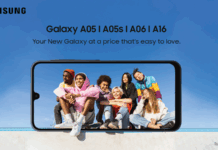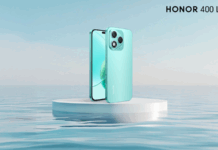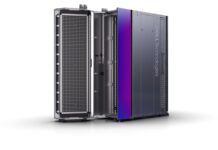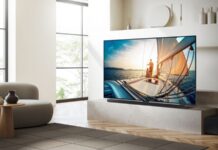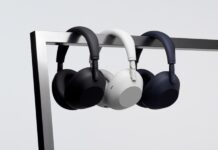The way we experience the world around us has changed drastically in recent years. We are no longer confined to our physical spaces. For businesses this is a game changer. Virtual reality (VR) has created opportunities to connect with customers in a whole new space. Literally.
The fact is, any technology that allows you to significantly improve the quality of experience for your customers and employees is always going to mean big improvements for a business. It’s time to free our minds from the physical shackles of our body and boldly go where few have been before. The uptake of VR in business is set to surpass its leisure applications in the years to come, for obvious reasons. VR makes business sense. And the applications are seemingly endless.
Samsung introduced Gear VR nearly three years ago. The potential for businesses has already been proven. Today, its rapidly expanding ecosystem features more than 1,000 apps and 10,000 high-quality videos through the premium 360-degree immersive Samsung VR service and noteworthy collaborations with top content creators and media brands.
VR transforms training
VR offers the potential to immerse ourselves in any scenario for training purposes. The traditional workshop in a dull, lifeless room can be easily swapped for the ‘real’ thing. Employees can be tested in environments and situations their brain believes to be true. Want to trial run a salesman’s meeting with a potential customer in another country? No problem. They can be there and back, ready for evaluation in an hour. In healthcare, surgeons can make life and death decisions in simulated training environments. Even teachers can test their nerves against a class of unruly kids in a virtual classroom.
It’s all in the design
Designers and architects have latched onto VR faster than a Millennial onto a hipster trend. Entire building floors can be created, navigated and tested before a single brick has been laid. Architects can stride confidently into a client’s boardroom to present finished concepts. VR has even taken aircraft design to new heights. Boeing and Airbus already use simulated digital spaces to test new features and models.
“VR ignores the limits of past, future, place or person. It can create a realm designed purely for business objectives,” says Justin Hume, Chief Marketing Officer for Samsung South Africa.
Customers love VR
As both marketing and customer service tools, VR opens new possibilities for promoting products and services. We’ll one day talk about physical showrooms the way we talk about landlines – still useful but hardly necessary. Test driving that new car while waiting for the roast to cook will be as commonplace as telling your Smartphone to wake you up in the morning. Real showrooms will still be a part of the marketing landscape for some time to come, but the opportunity to get a feel for a product without leaving the living room will be hard to resist.
VR is the future, the past and the present
The technology will continue to improve, bringing our virtual worlds into our real ones. Businesses that are ahead of the curve will capitalise on a world that doesn’t even exist. That’s a virtual certainty.
Provided by Samsung SA




